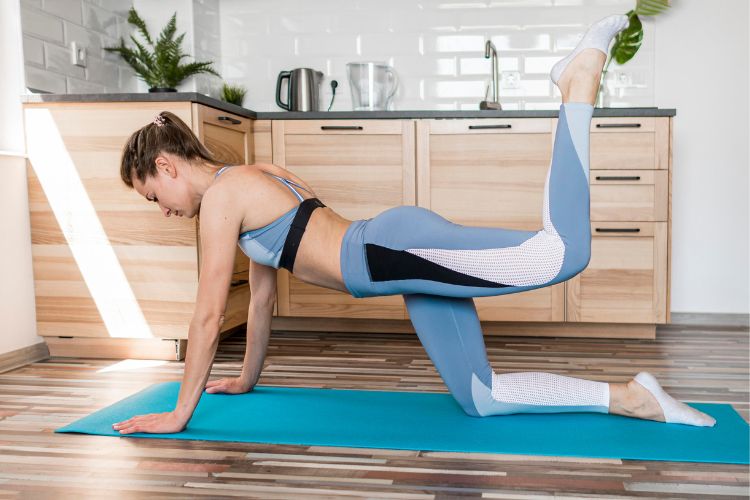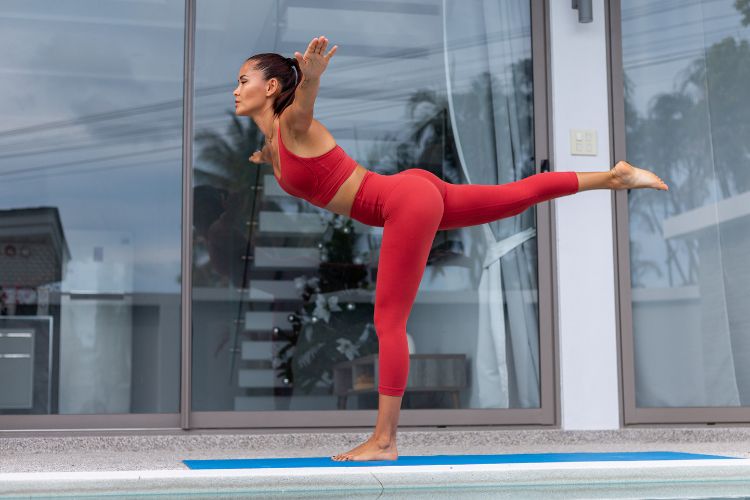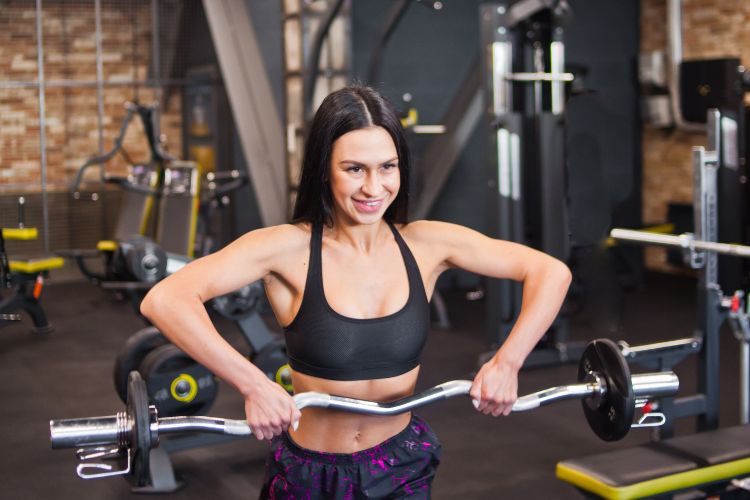Weight Bearing Exercises Unlocking Strength and Vitality
Weight-bearing exercises are a cornerstone of fitness, particularly for women. These exercises not only enhance strength and endurance but also improve bone density, boost metabolism, and support long-term health. In this comprehensive guide, we delve into the importance of weight-bearing exercises, their benefits, and specific routines women can incorporate into their fitness regimen.
Why Weight-Bearing Exercises Matter
Understanding Weight-Bearing Exercises
Weight-bearing exercises involve movements where your body works against gravity. Unlike swimming or cycling, these exercises require your bones and muscles to support your weight, which makes them effective for building strength and maintaining bone density.
Examples of weight-bearing exercises include:
- Walking and jogging
- Strength training with free weights or machines
- Bodyweight exercises such as squats and lunges
- Yoga and Pilates
The Unique Benefits for Women
For women, weight-bearing exercises are particularly important for the following reasons:
- Bone Health:
- Women are at a higher risk of osteoporosis due to hormonal changes post-menopause. Weight-bearing exercises stimulate bone growth and maintain density, reducing the risk of fractures.
- Muscle Strength and Tone:
- These exercises target multiple muscle groups, leading to improved strength, posture, and overall body composition.
- Weight Management:
- By increasing muscle mass, weight-bearing exercises enhance metabolic rate, aiding in weight management and fat loss.
- Mental Health:
- Engaging in physical activity boosts endorphins, alleviating stress, anxiety, and depression.
Essential Weight-Bearing Exercises for Women
Lower Body Focus
1. Squats
Squats are a foundational exercise that targets the quads, hamstrings, and glutes. They also engage the core for stability.
- How to Perform:
- Stand with feet shoulder-width apart.
- Lower your hips as if sitting in a chair, keeping your chest upright.
- Push through your heels to return to the starting position.
- Benefits:
2. Lunges
Lunges are excellent for balance and strengthening the legs and glutes.
- How to Perform:
- Step one foot forward, lowering your back knee toward the ground.
- Push through the front heel to return to the standing position.
- Alternate legs.
- Variations:
- Add dumbbells for increased resistance.
3. Step-Ups
This exercise mimics climbing stairs and strengthens the legs and glutes.
- How to Perform:
- Stand in front of a sturdy bench or step.
- Step one foot onto the surface, pressing through your heel to lift your body.
- Step down and alternate legs.
- Tips:
- Keep your movements controlled to avoid injury.
Upper Body Weight Bearing Exercises Focus
1. Push-Ups
Push-ups strengthen the chest, shoulders, triceps, and core.
- How to Perform:
- Begin in a plank position with hands slightly wider than shoulder-width.
- Lower your body toward the ground, keeping your back straight.
- Push back up to the starting position.
- Modifications:
- Perform on your knees or against a wall for easier variations.
2. Overhead Shoulder Press
This exercise builds shoulder strength and stability.
- How to Perform:
- Hold a dumbbell in each hand at shoulder height.
- Press the weights upward until arms are fully extended.
- Lower them back to shoulder height.
3. Bent-Over Rows
This movement targets the back muscles and improves posture.
- How to Perform:
- Hold a dumbbell in each hand with palms facing your torso.
- Bend slightly at the hips, keeping your back flat.
- Pull the weights toward your torso, squeezing your shoulder blades together.
- Lower the weights and repeat.
Full-Body Weight Bearing Exercises
1. Deadlifts
Deadlifts work multiple muscle groups, including the legs, glutes, back, and core.
- How to Perform:
- Stand with feet hip-width apart, holding a barbell or dumbbells in front of your thighs.
- Hinge at the hips to lower the weights while keeping your back straight.
- Drive through your heels to return to standing.
2. Burpees
Burpees are a high-intensity exercise that combines cardio and strength.
- How to Perform:
- Start in a standing position, then drop into a squat.
- Kick your feet back into a plank position.
- Return to the squat and jump explosively.
- Benefits:
- Boosts cardiovascular endurance and muscle strength.
3. Plank with Shoulder Tap
This exercise engages the core and upper body.
- How to Perform:
- Begin in a plank position.
- Tap your right shoulder with your left hand while maintaining a stable torso.
- Alternate sides.
Creating a Weight Bearing Exercises Workout Plan
Weekly Schedule
Day 1: Lower Body
- Squats: 3 sets of 12 reps
- Lunges: 3 sets of 10 reps per leg
- Step-Ups: 3 sets of 12 reps per leg
2: Upper Body
- Push-Ups: 3 sets of 10-15 reps
- Overhead Shoulder Press: 3 sets of 12 reps
- Bent-Over Rows: 3 sets of 10 reps
3: Rest or Active Recovery
4: Full-Body
- Deadlifts: 3 sets of 8 reps
- Burpees: 3 sets of 10 reps
- Plank with Shoulder Tap: 3 sets of 30 seconds
5: Yoga or Pilates
Focus on flexibility and balance with low-impact weight-bearing exercises.
6: Cardio and Strength Combo
Combine a 20-minute walk or jog with a strength circuit featuring squats, push-ups, and lunges.
7: Rest
Allow your body to recover and repair.
Tips for Success Weight Bearing Exercises
Start Slow and Build
Begin with bodyweight exercises to master form before adding resistance. Gradually increase weight or intensity as your strength improves.
Prioritize Proper Form
Incorrect form can lead to injuries. Focus on alignment and control, especially with heavier weights.
Stay Consistent
Aim for at least three weight-bearing sessions per week to see noticeable results.
Incorporate Variety
Mix up your routine to target different muscle groups and keep your workouts engaging.
Listen to Your Body
Rest if you feel pain or extreme fatigue. Recovery is essential for progress.
Weight bearing exercises are a powerful tool for women to build strength, improve bone health, and boost overall fitness. Whether you’re a beginner or a seasoned athlete, incorporating these exercises into your routine can lead to significant physical and mental benefits. With consistency, proper form, and a balanced workout plan, you can achieve your fitness goals and enjoy a healthier, more active lifestyle.
Most Recommended




